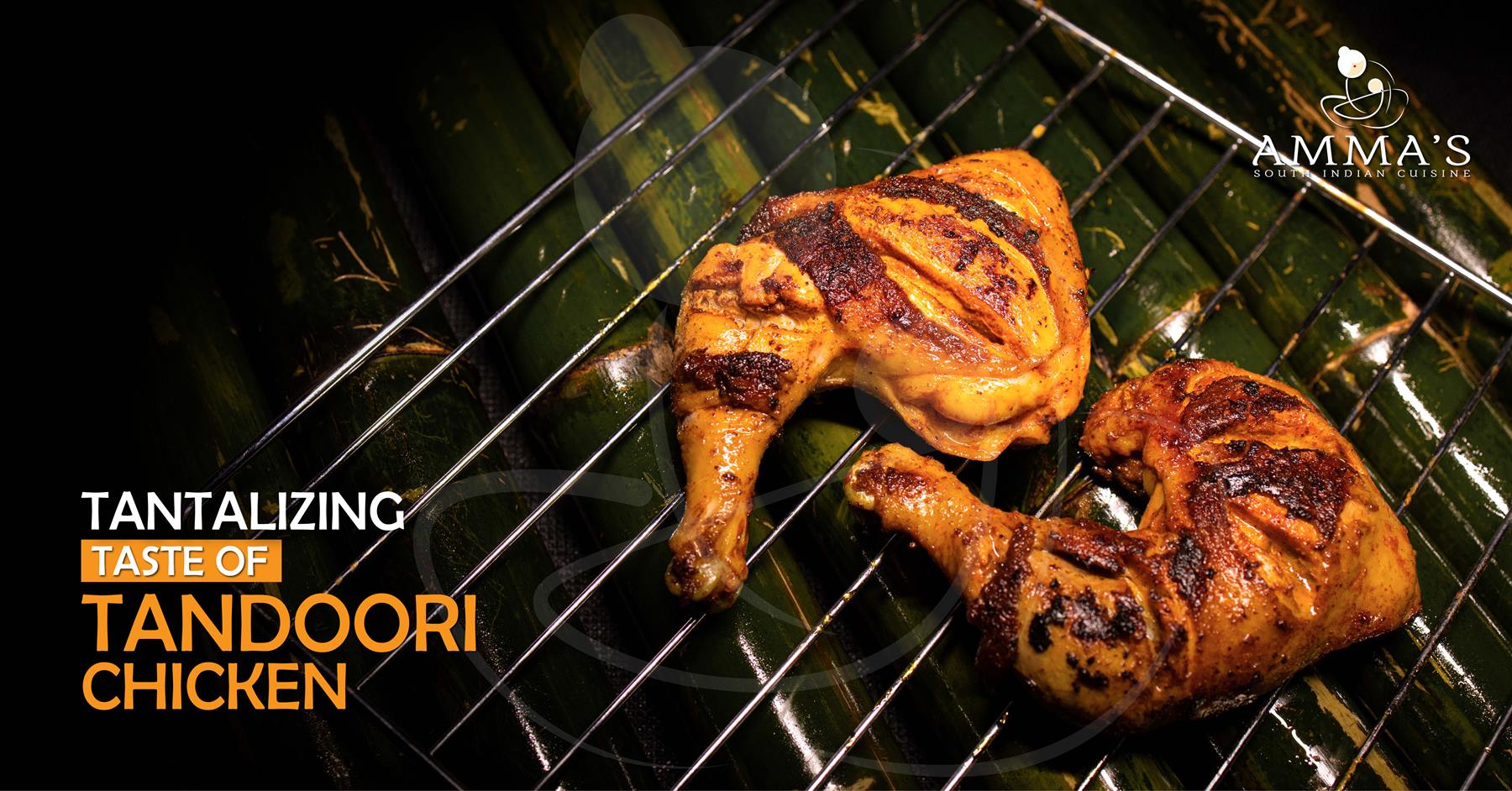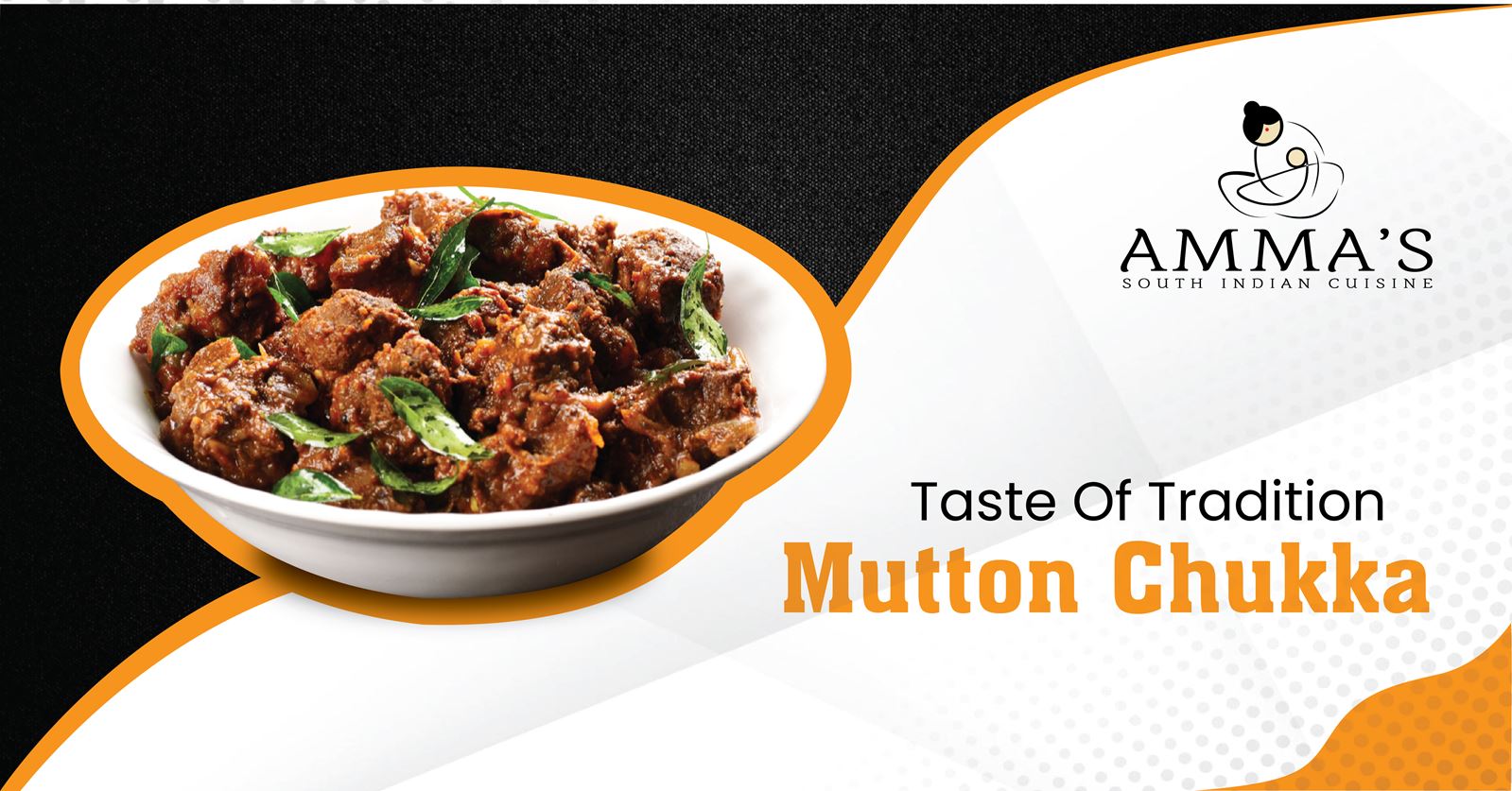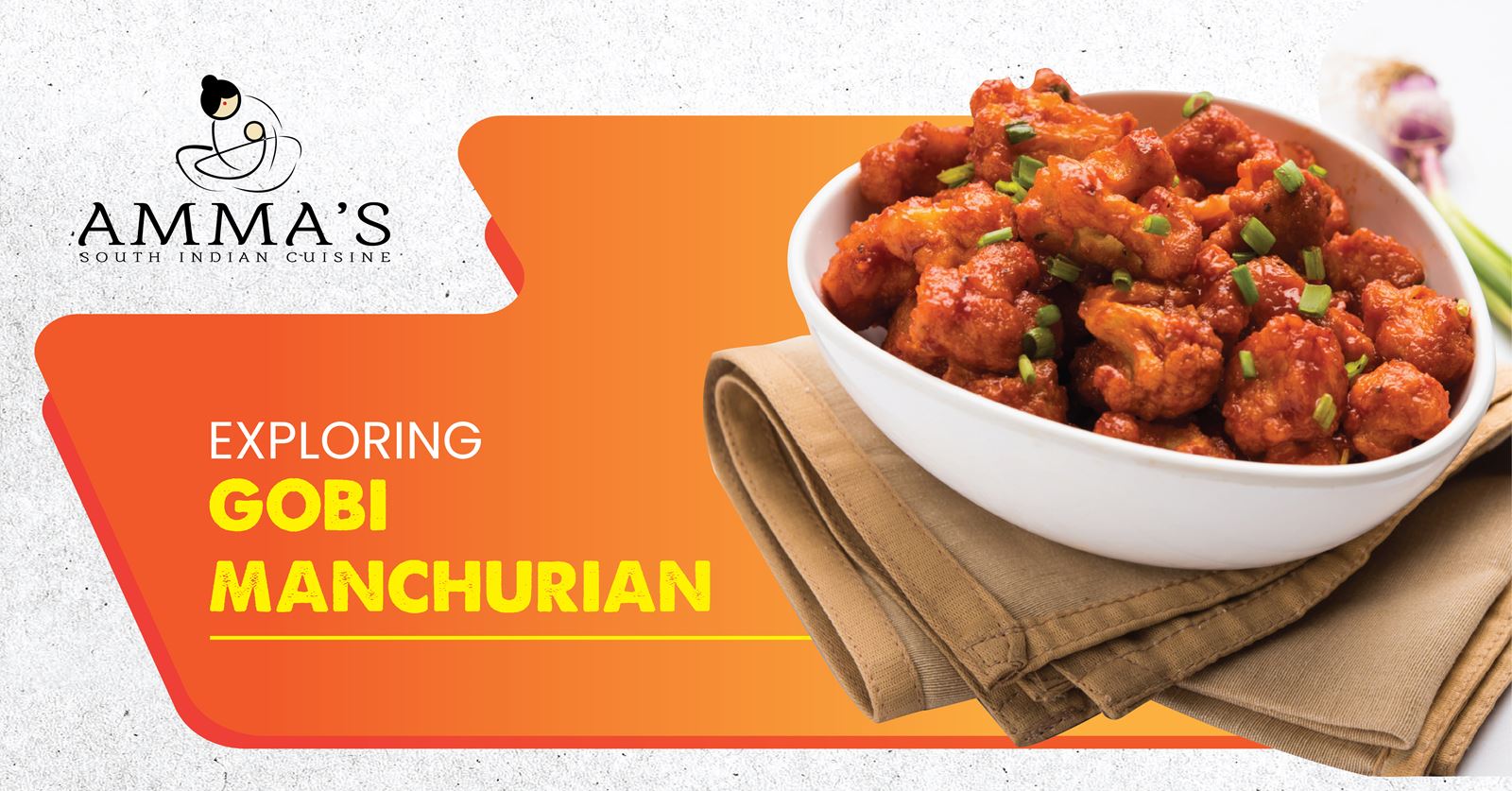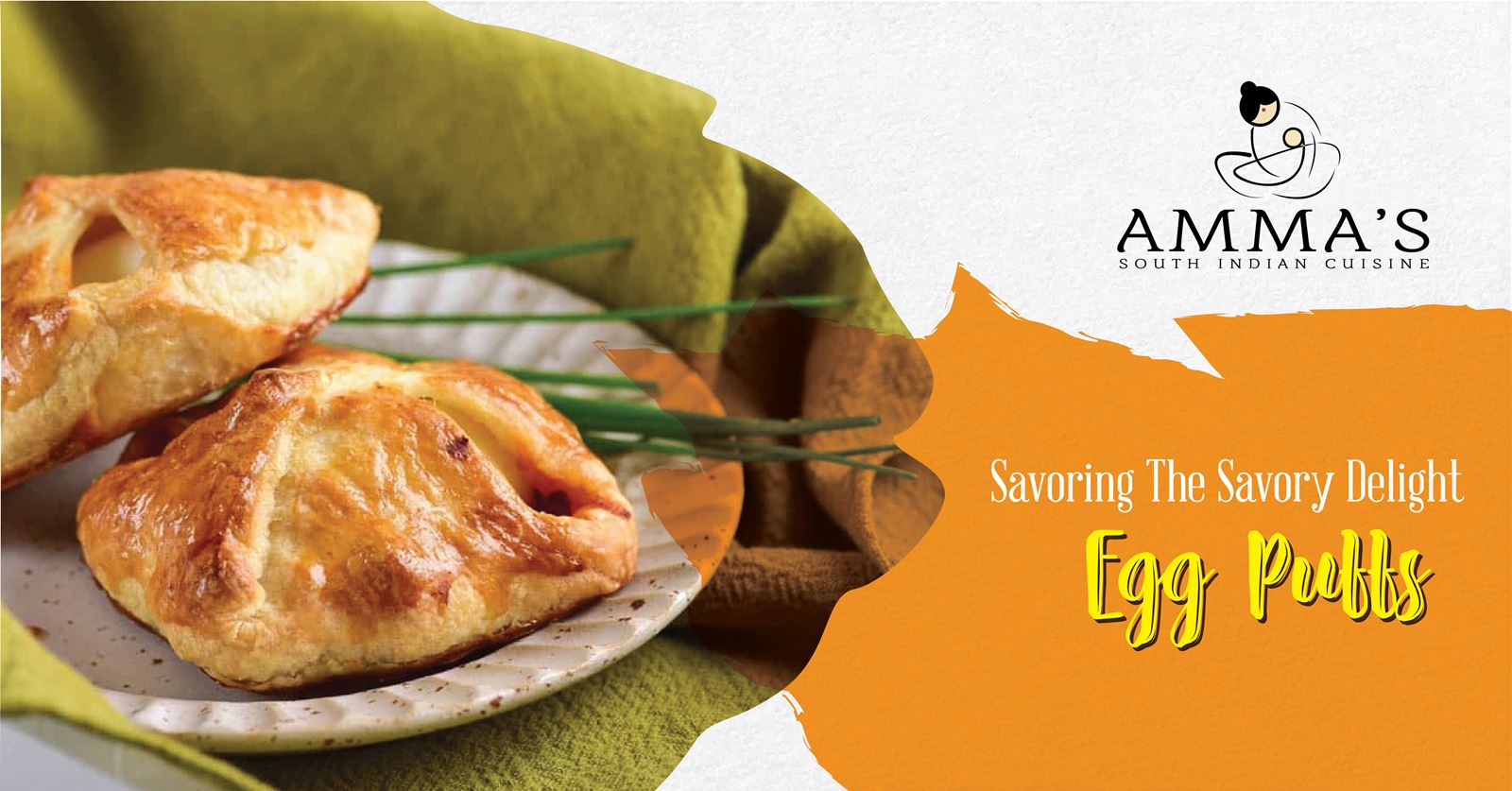
Tantalizing Taste of Tandoori Chicken
Tandoori chicken and many other Indian dishes like naan get their delicious flavor from the tandoor, a particular type of oven in which they are cooked. The tandoor has its origin in ancient times, when cooks in India would simply dig a large clay pit, and fill it with hot, fired wood and charcoal. Most tandoors can easily reach temperatures of more than 900 degrees Fahrenheit.
Punjabi tandoor is the most famous of Indian tandoors. The clay oven is bell-shaped reaching several feet in height, and has an opening of at least 1-2 feet in diameter. The Punjabi tandoor can be set into the earth, or it can be used above-ground. However, tandoori gained popularity less than a century ago when several restaurateurs began cooking the dish that we know today as tandoori chicken. Tandoor cooking is pretty much synonymous with Indian food in the United States. The modern tandoor, for the sake of convenience, uses natural gas as the source of heat.
Tandoori cooking enhances flavor, and smokiness. Chicken is cooked in a tandoor by skewering them and resting one end on the floor of the tandoor. This means that all of the juices and fats of these meats drip to the bottom of the tandoor – and then disintegrate into smoke, which helps season the meat and gives it a very distinctive flavor.
Tandoor chicken can be cooked extremely quickly because the food is exposed to four different kinds of cooking at once: The coals and wood (or natural gas) expose the food to live fire, the heat of the coals or gas gives off radiant heat, the shape of the tandoor encourages convection or the moving of hot air and finally, the juices and fat that drips onto the floor of the tandoor smoke the food. The high heat and convection of a tandoor creates a crunchy layer of fat and protein. Indian cuisine uses a lot of marinades that consist of yogurt and other spices like garam masala, ginger, cumin, garlic, and cayenne pepper. The chicken is soaked in this marinade for a long time before it’s cooked. The marinade keeps the chicken soft and juicy and gives it the color. Yes, the color of tandoori chicken comes from the spices it’s marinated with! Spicy versions of tandoori chicken are colored by red chili powder and cayenne pepper, which gives it its trademark, burning-red hue. If a mild version of tandoori chicken is required, food coloring is usually used to provide it with its blood-red color. Some kitchens use a high amount of turmeric, with less chili powder and cayenne. This gives the tandoori chicken a bright yellow or orange color.
Amma’s South Indian Cuisine takes into account both the taste and health concerns. So, the chefs there cook tandoori chicken at the right temperature using a healthy mix of ingredients that is great on taste and value. Visit Amma’s South Indian Cuisine and place an order for a tantalizing tandoori chicken.




